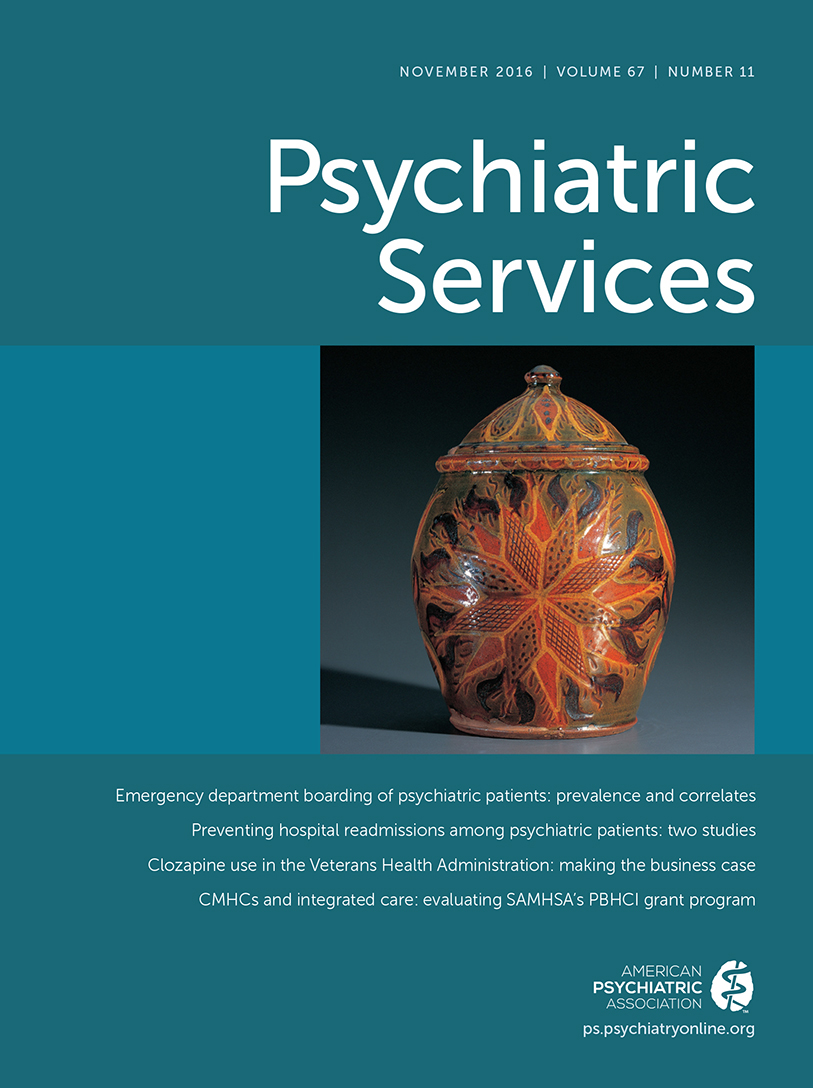Preventing Criminal Recidivism Through Mental Health and Criminal Justice Collaboration
Abstract
Criminal justice system involvement is common among persons with serious mental illness in community treatment settings. Various intervention strategies are used to prevent criminal recidivism among justice-involved individuals, including mental health courts, specialty probation, and conditional release programs. Despite differences in these approaches, most involve the use of legal leverage to promote treatment adherence. Evidence supporting the effectiveness of leverage-based interventions at preventing criminal recidivism is mixed, however, with some studies suggesting that involving criminal justice authorities in mental health treatment can increase recidivism rates. The effectiveness of interventions that utilize legal leverage is likely to depend on several factors, including the ability of mental health and criminal justice staff to work together. Collaboration is widely acknowledged as essential in managing justice-involved individuals, yet fundamental differences in goals, values, and methods exist between mental health and criminal justice professionals. This article presents a six-step conceptual framework for optimal mental health–criminal justice collaboration to prevent criminal recidivism among individuals with serious mental illness who are under criminal justice supervision in the community. Combining best practices from each field, the stepwise process includes engagement, assessment, planning and treatment, monitoring, problem solving, and transition. Rationale and opportunities for collaboration at each step are discussed.



